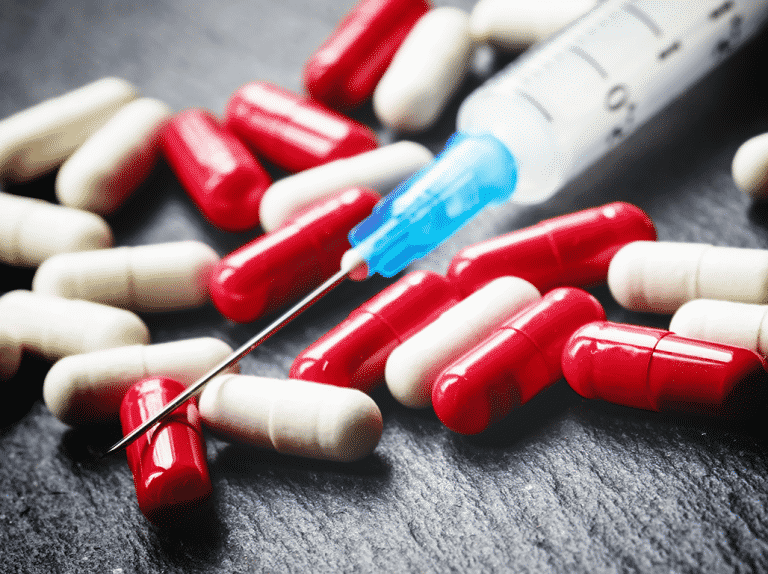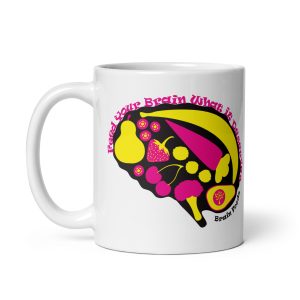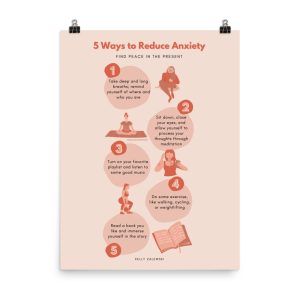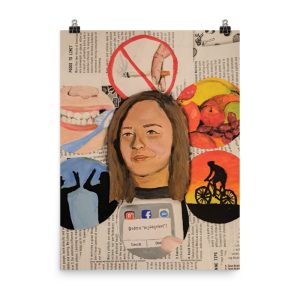

Anabolic steroids are a synthetic (manmade) hormone that compares to testosterone in stimulating growth of muscle. These hormones are used medically to treat some forms of weight loss. Illegal use of these steroids is typically by athletes and others to enhance physical performance and physique. They are also known more formerly as anabolic–androgenic steroids, which are steroidal androgens that include natural androgens such as testosterone as well as synthetic androgens that are fundamentally related and have effects like testosterone.
Some bodybuilders and athletes use anabolic steroids to increase muscles and enhance athletic performance. They may use steroids orally, inject them directly into muscles, or apply them to the skin with a gel or cream. These doses may be 10 to 100 times higher than doses used to treat medical conditions. Using them like this, without a prescription from a health care provider, is not safe or legal.
People in recovery from various addictions commonly supplement their “drug of choice” with exercise. Therefore, steroids become a popular substance to abuse in order to enhance performance and looks, which replaces one addiction for another.
Even though steroids do not cause a high, they are addictive. They have withdrawal symptoms when a person stops using them.
Injecting steroids can cause permanent nerve damage that can lead to sciatica (lower back pain involving the sciatic nerve). Injecting in unsanitary environments or sharing needles also increases the risk of contracting blood-borne viruses such as HIV/AIDS, tetanus or Hepatitis C or B.
Doctors may prescribe steroids for genuine medical purposes such as testicular issues, breast cancer, low red blood cell count, delayed puberty and to promote healing with surgery or sickness. Veterinarians administer steroids to animals for genuine reasons such as to stimulate appetite and to improve weight, strength, and fur. Steroids are also used medically with animals to treat anemia and reduce tissue breakdown during illness and trauma.
The most common unlawful source of obtaining anabolic steroids is from smuggling them into the United States from other countries such as Mexico. Smuggling is easier because a prescription is not required for the purchase of steroids in many places outside the U.S. Steroids are less commonly produced in underground laboratories.
“Anabolic Steroids” are any drug(s) (other then estrogens, progestins, and corticosteroids) or hormonal substance(s), chemically related to testosterone, a male hormone that promotes muscle growth. Today, there are more than 100 varieties of anabolic steroids that have been developed, but only a limited number have been approved for human or veterinary use, and each of them are Schedule III and require a prescription in order to be used medically in the United States. Many of the illegal steroids are smuggled in from other countries, illegally diverted from U.S. pharmacies, or synthesized in secret laboratories.
Estimates show that there are more than $400 million worth of black-market (illegal) sales of steroids per year . For the most part, illicit steroid use is linked to athletic competitions and/or an athlete trying to gain a competitive edge ; but, sports and athletic competitions are not the only place steroids are used. Outside of sports, they are used because someone wants to alter his or her physical appearance, usually based on distorted perceptions that he or she is obese, underweight, too weak, or other personal views.
The history of anabolic steroids can be traced back to as early as 1930’s, before the term steroid was even used. In the 1930’s, a team of scientists was able to create a synthetic form of testosterone (a male hormone) to help treat men who were unable to produce enough of the hormone for normal growth, development, and sexual functioning. Later, during World War II it was found that this artificial form of testosterone could be used to help malnourished soldiers gain weight and improve performance. After the war, athletes began to use steroids to enhance their performance in competitions. In the 1956 Olympics, Soviet athletes, especially wrestlers, performed at exceptionally high levels. After learning that those athletes were using testosterone, an American physician (Dr. Zeigler) created a more selective form of what we know as anabolic steroids. From that point until the early 1970’s, steroids became increasingly popular among not just Olympic athletes, but also professional sports players and high school athletes. In 1975, the International Olympic Committee finally banned the use of steroids in Olympic competition. Black market (or illegal) sales continued to increase in the following years, and in 1988, the first major federal regulation of steroids was introduced as part of the Anti-Drug Abuse Act – stiffening penalties for the sale and possession of steroids. Only a couple of years later, Congress passed the Anabolic Steroid Enforcement Act of 1990, which placed certain anabolic steroids on Schedule III of the Controlled Substances Act (CSA). Previously, steroids had been unscheduled and controlled only by state laws. Today, illicit sales of steroids are still prevalent and surveys show that adolescent use of steroids is on the rise and that a great number of adults are actively using.
Each user experiences their own unique feelings when using steroids and coming off the drug. When someone chooses to stop using they can experience a variety of withdrawal symptoms linked to addiction. Symptoms can include mood swings, fatigue, restlessness, loss of appetite, insomnia, reduced sex drive, the desire to take more steroids, and depression. Evidence for steroid addiction is certainly not as strong as it is for other drugs like cocaine or heroin. Though it is clear that people develop a tolerance and dependence on them and willingly experience negative consequences when using steroids – both of which are signs for drug dependence.
There are two major ways that steroids can affect a person’s body. Steroids can have androgenic effects, which include masculinizing effects like deepening of the voice, increased facial hair, and initial enlargement of some male sex glands. Steroids can also have anabolic effects that include increases in muscle mass, the size of some internal organs, and calcium in the bones.
Overall, the process by which steroids work on the body can be very complex. Essentially, steroid hormones work by stimulating certain parts of a muscle cell. This stimulation then causes an increase in production of proteins, one of the many chemicals that are associated with increases in muscle mass.
Men – Even though anabolic steroids are derived from male sex hormones, men who choose to take them can experience some of the following effects:
Short-term
Long-term
Women – If a woman uses anabolic steroids, some “masculinization” effects may occur:
Short-term
Long-term
Steroids have been reported to increase a persons aggressiveness or lead them to become more violent. This is sometimes called a “roid rage,” defined as a manic rage where the user displays episodes of outright aggression and/or violent feelings and actions. Though scientific evidence is hard to find in support of roid rages, there are a large number of individual accounts of users who describe their own uncharacteristic aggressive behavior while under the influence of anabolic steroids.
In addition, many users report feeling good about themselves while on anabolic steroids, but researchers report that extreme mood swings can also occur. Depression is often seen when the drugs are stopped and may contribute to a dependence on anabolic steroids. Researchers further report that users may suffer from paranoid jealousy, extreme irritability, delusions, and impaired judgment stemming from feelings of invincibility.
Steroids are often used through injection, by using a needle to inject the drug directly into the blood stream (intravenously) or into the muscle (intramuscularly). There are also pills or gel tabs that are taken orally, or creams that are rubbed directly onto the users skin. Though these drugs can be taken during a single occurrence, some users elect to use them in complex patterns known as pyramiding, cycling, or stacking. In each of these three methods, ingested doses can range from 10 to 100 times higher than those prescribed for medical conditions. And while they are thought to provide superior results, the perceived effects have yet to be proven successful.
Save
Save
Save










Copyright © 2023 Reach Out Recovery Services LLC | Terms and Conitions |. Site by Quadshot Digital